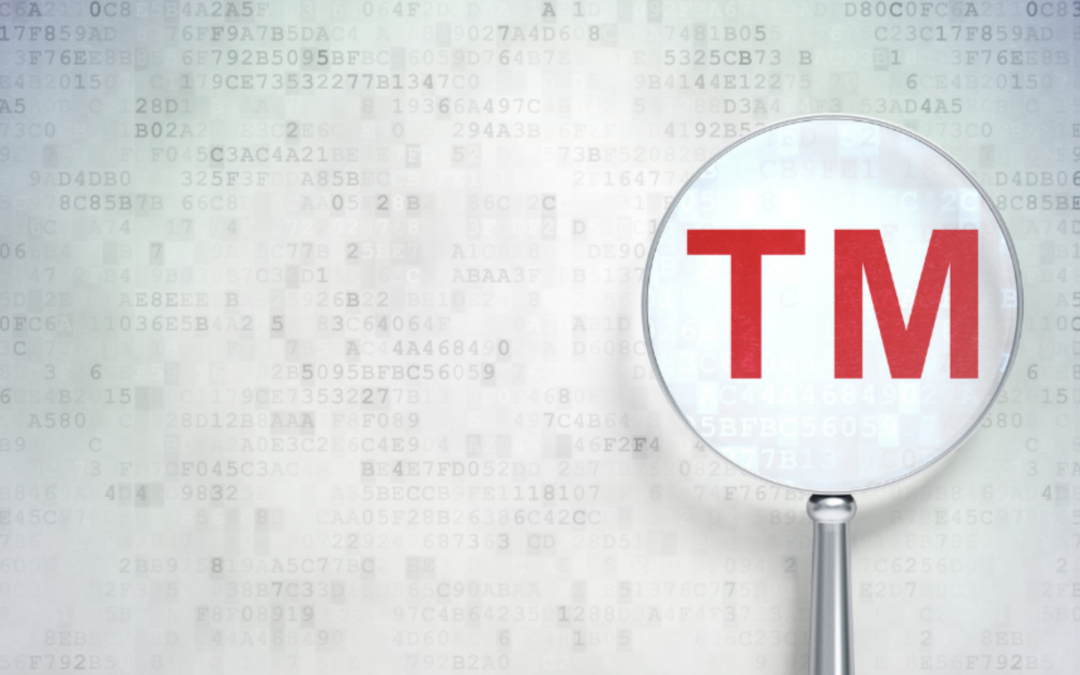When it comes to trademarks, the concept might seem abstract until you take a closer look at everyday items. Pick up a piece of pottery, glassware, or even your trusty desk tumbler, and you’ll likely find a trademark subtly imprinted on the bottom—think Tiffany®, Waterford®, or Yeti®. These marks might not be front and center, but they serve a crucial purpose: indicating the source of the product.
What Does “Trademark” Really Mean?
A trademark is more than just a logo or name—it’s a signal to consumers about the product’s origin and the consistency of its quality. For example, a McDonald’s chicken McNugget® in Boston tastes the same as one in Dallas or Denver. This consistency is what the trademark guarantees, not necessarily a specific level of quality, but a reliable experience every time. This reliability can be especially critical for consumers (usually parents trying to feed their fussy three-year-old.
Trademark Use vs. Use in Commerce
To register a trademark, you must demonstrate that it’s being used “as a trademark” and “in commerce.”
Trademark Use: This means the mark is displayed in a way that clearly identifies the product’s source. For clothing, it’s often a hangtag or label. Jewelry might feature the mark on its packaging, while pottery and glassware might have the mark imprinted directly on the product.
However, beware of purely ornamental or promotional uses. A logo on the front of a baseball cap or the side of a coffee mug is often considered “merely ornamental” by the U.S. Patent & Trademark Office (USPTO) and doesn’t establish trademark rights.
Use in Commerce: For the USPTO, “use in commerce” means the product or service is actively being sold, not just given away as a promotional item. For instance, a barbershop handing out free combs with their logo doesn’t count as trademark use for combs. However, it might help establish trademark rights for the barbershop services if done correctly.
Digital Images Aren’t Enough
Creating a digital mock-up or package design isn’t sufficient to claim trademark rights. The USPTO has become stricter about accepting such evidence, often rejecting it as insufficient proof of actual use in commerce. This can lead to Office Actions, rejections, or even cancellations of registrations.
Navigating the ever-changing requirements of the USPTO can be challenging. With over 25 years of experience in trademark law, we can guide you through the process and ensure your trademark is used and protected correctly. If you have questions about your mark, don’t hesitate to reach out.

